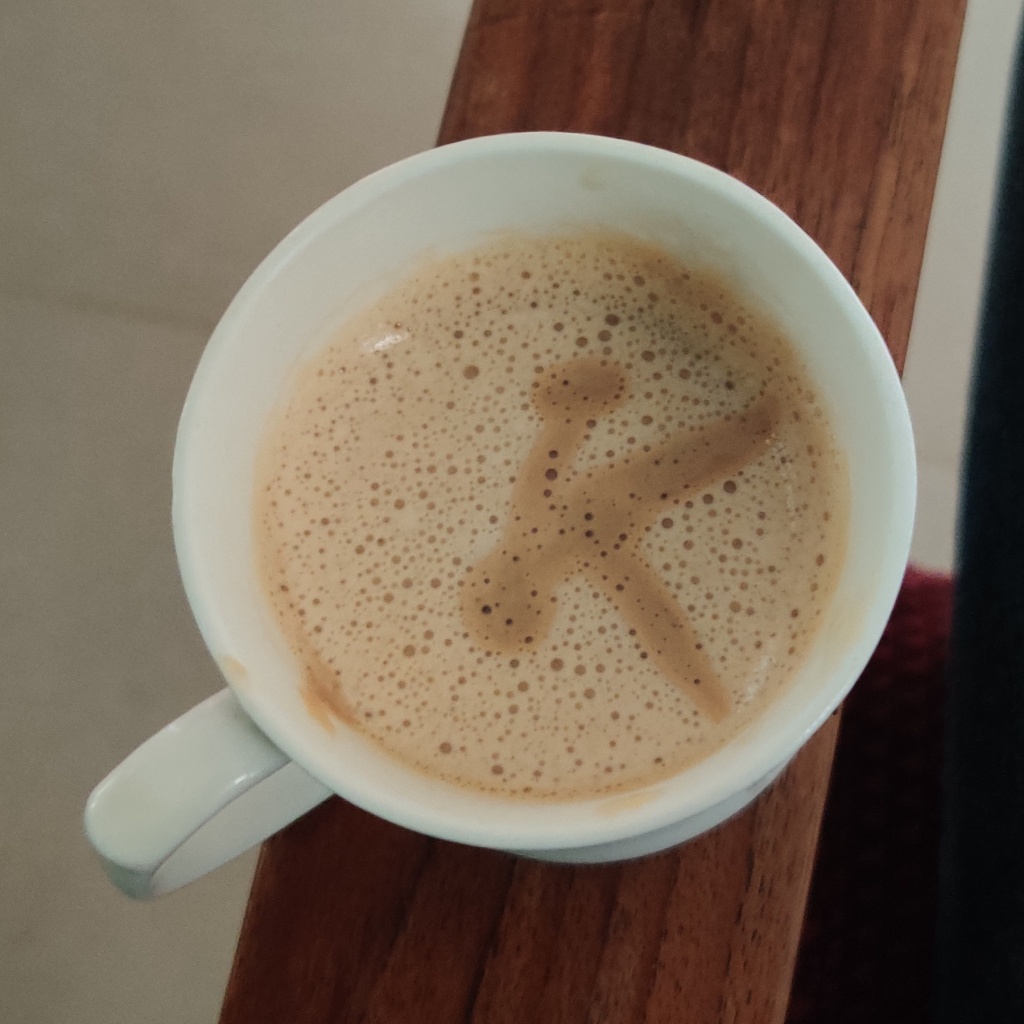
Wordless Wednesday

Kaushik's Blog

Every ‘soul’ that owes its existence on this earth, would yearn to wander i.e, roam around, at times, and soujourn i.e, stay calm, at times. The definition of soul, is at times, beyond what can be comprehended by our mind. One such beautiful soul, is the river Cauvery, also spelled as Kaveri, who has captivated many other souls, by her grace and bounty.
This blog post, is more of a photo blog, travelling along the river Kaveri, from its source at Talakaveri to its ultimate destination, the great Bay of Bengal.
I have had the opportunity to visit many significant spots along the river, and capture some beautiful moments, which I wish to post here!



























A previous blogpost, explains much in detail, about Pichavaram – “Travelogue – Pichavaram“








God Bless
Thanjavur
The erstwhile grand capital of the Chola Kingdom, Thanjavur is an important trade and cultural hub of Tamil Nadu. With the river Kaveri flowing through the heart of it, surrounded by lush green paddy fields, doted by many temples, Thanjavur has so much to offer!
The most prominent, iconic identity of Thanjavur is the grand Brihadeeshwara Temple. This temple was constructed by Raja Raja Chola, the most illustrious among the Chola Dynasty. The temple, which is a magnificent and beautiful granite structure, is dedicated to Lord Shiva, as Brihadeeshwarar.
Here I go, with the pictorial description of the temple, the grandness of which, cannot be justified with any mere words!














The grandness of the temple can be realized, only by paying a visit and respect to the vision and labor of the several hands, that made this wonder, stand the test of time, over a millennium, and going strong!
More about Thanjavur, coming up in the following post.
Cheers. God Bless.
In continuation of the previous post about Chidambaram, let’s travel to the Pichavaram mangrove forest!

Pichavaram is small coastal village, situated to the east of Chidambaram. The huge Kollidam river and the Vellar river pour into the Bay of Bengal here, forming two massive estuaries. Several sand bars are formed between these two estuaries, over which the mangrove trees flourish. The mangrove forest here, is the second largest in the world, with the Sundarbans being the largest.

There are many state and private operated boats, steamer and rowable, that take us for a ride through the mangrove forests, over the shallow waters.
The mangrove trees are quite hard and strong, than they appear to be. They support a variety of life forms within them, forming a major eco system of their own, within the marshland. There are also occasional trees of other variety nestled within these mangrove shrubs.

The boat operators are well versed with the routes, and they maneuver the boat smoothly. The water ways are quite shallow a places, with knee deep water, and deep at other places.


Thus said, Pichavaram is a must visit, for any adventure seeking traveler!
Cheers. God Bless.
Chidambaram
Our next destination, in the pilgrimage of Temple Tales would be Chidambaram. Being quite famous, Chidambaram doesn’t need any specific introduction at all!
The Thillai Nataraja Temple situated here, is one of the holiest shrines in Shaivite tradition. The generic term kovil (meaning temple) refers to this temple, in Shaivite tradition. Such is the importance and reverence attributed to this divine destination!
This temple, where Lord Vishnu resides as Govindaraja, is equally celebrated in the Vaishnavite tradition, with this place also referred to as Thiruchitrakoodam.

Chidambaram is an ancient town, situated on the northern bank of the mighty Kollidam river, which is a tributary of the river Kaveri.
This place is said to have been covered with Thillai (a variety of mangrove) trees, from which the name, Thillai Nataraja is derived.
The Thillai Nataraja Temple complex, is one of the largest temple complex in the world! The main shrine is dedicated to Lord Shiva, in his dancing form, Nataraja. Adjacent to this shrine, is that of Lord Vishnu, as Govindaraja. Goddess Parvathi is present here as Shivakamasundari, with a huge dedicated shrine. There are several other shrines within the temple complex for various other deities, and several mandapams (processional halls) where the several rituals are conducted.

Lord Shiva is worshiped here as the Lord of the Nether, among the Panchabootha (Five Elements of Nature – Earth, Fire, Water, Air, Nether) Shiva Temples. Attributing to this reason, there are vast open spaces in the temple complex.

The sanctum shrines of Nataraja and Govindaraja are constructed in the way of a high rise stage. Hence we are blessed with the vision of the Lordships from a distance. This set up is a unique beauty of this temple.

Speaking about the most important feature of this temple, there is an empty space next to Lord Nataraja in His sanctum. This space is referred to as Chidambara Ragasiyam (Secret of Chidambaram) As mentioned earlier, Shiva is worshiped as the Nether Lord in this shrine, and hence he is represented in this nether form.
Is it the Lord, who is present in every form, in our vision and apart? Or is it none, whom we refer to as God, present in the sanctum of the grandest of shrines? What do we see? What do we unsee? Whom do we see or unsee?………
The Chidambara Ragasiyam is quite elusive, which makes us rise more questions, that ultimately lead us to the answers, even for the questions unasked! No wonder, Chidambaram gets its name from the term Chit-Ambalam (Hall of Consciousness)

Resting over the strong stone pillars that support the equally strong columns, and pondering over the thoughts, take us to a trance, that cannot be described by words!

A few kilometers away from Chidambaram, is the mangrove forest of Pichavaram. This is the place, where the mighty Kollidam river pours into the Bay of Bengal. The mouth of the river is interspersed by several sand bars, with a dense mangrove forest, which is one of the largest mangrove sanctuary in the world. The sojourn at Pichavaram to be continued in the next post.
Cheers. God Bless.
A post with specially picked photos from my phone, that defined the year 2015 for me
Its twenty days since the beginning of 2016, and a budding procrastinator is here with a recap of 2015!














Cheers_________________________________________
God Bless
Melkote
Following the earlier two posts – Vacation Chronicles ~ 1 and Vacation Chronicles ~ 2 – The stones are alive! here goes the third and concluding post on my vacation.
This post is completely dedicated to a beautiful, clean, serene, divine, calm, picturesque, peaceful, little town in Karnataka, named Melkote. It is at a distance of about 50 kms from Mysore and has good, accessible road from there. And still, i’m still out of adjectives to sing the praise of this place!

Melkote, also known as ThiruNarayanaPuram is more of a pilgrimage center, than a tourist spot, and that’s the main reason we were there (remember I had mentioned family vacation/pilgrimage in the earlier post?) The CheluvaNarayana Temple and the YogaNarasimha Swamy Temple atop a small hill are the important temples, apart from a few other ancient, antique temples here.

Melkote is quiet, little town with few ancient temples, many clean and pristine ponds surrounded by lush greenery, simple and traditional homes, clean roads, little shops, a Sanskrit college and academy, scenic vistas, humble and helpful people, which makes a person fall in love with this place again and again!

The YogaNarasimha Swamy temple is situated atop a small hill. Visiting this temple requires a climb of around 200 rock cut steps, which are covered by lush greenery, and occasional stone mantapa. There were many monkeys and goats along this way too, giving us a good company.

And not to forget the yummy Puliogare and Chakare Pongal that we got to taste here. Simply divine! And for the uninitiated, Puliogare and Chakare Pongal are a delicacy present in many South Indian Temples. They are supposed to be second most important aspect of the temple, the first being the Lord 😉

From the various experiences that I had here, the one I loved the most are the divinity and the cleanliness of this place. Divinity is beyond the scope of any explanation and our understanding! So moving on to the cleanliness aspect, the temples, roads, ponds, public washrooms are maintained so well in this little town!
Overall, the pilgrimage to Melkote was nourishing to the soul, pumping up more faith into the mind and lifting up our spirits.
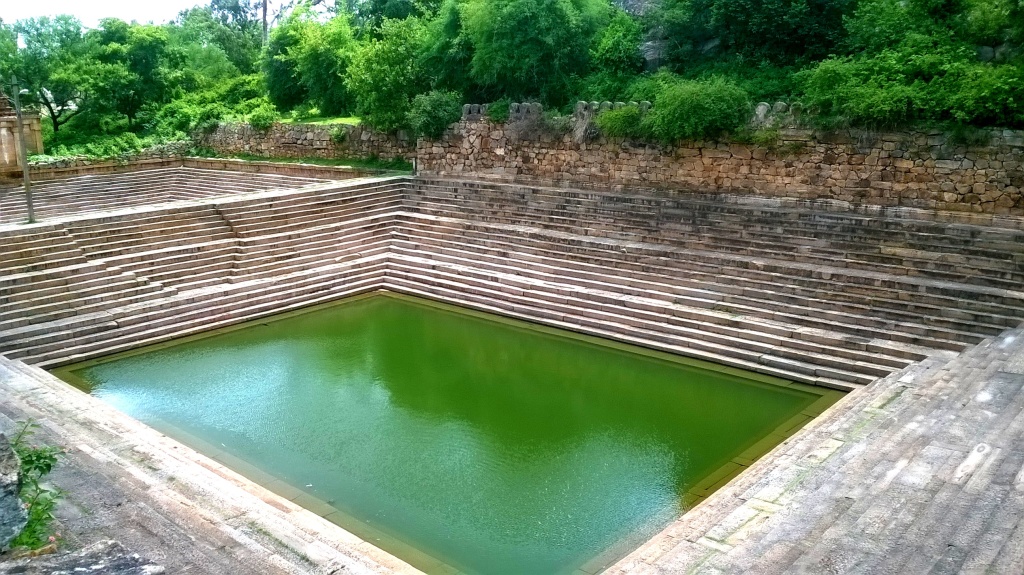
Check out the following links, which provide more information on Melkote. Please do pay a visit to this place and get an experience of a lifetime!
***The pictures included in this post were taken by me***
Cheers
God Bless
The stones are alive!
Continuing from my previous post – Vacation Chronicles ~ 1, here I go with my second post. Without any explanation, by the end of this post, you would know why ‘The stones are alive!’
Standing at the threshold
of the mighty and impressive
Chennakeshava Devasthana*,
I wonder,
Do I bow to the Lord
Or the spirit of the sculptors?
Then, I feel His charm
And I bow to the Lord,
who dwells in and as
the soul of the sculptor,
And of the stone!
The following pictures were taken at the ChennaKeshava Temple complex at Belur, Karnataka. ChennaKeshava expands to ‘Chennagi Iruva Keshava’ which means the Handsome Keshava, in Kannada. His temple is beautiful, but His charm is matchless!









Chronicle to be concluded in next post Vacation Chronicles ~ 3 – Melkote
*Devasthana = Place of God ~ Temple
***The pictures included in this post were taken by me***
Cheers
God Bless
With a lazy weekend coming to a glorious end, I was browsing through the pictures in my phone, when I got a spark. I wanted to publish a quick post on some things which I captured on a weekend, over a period of time. And here are they…

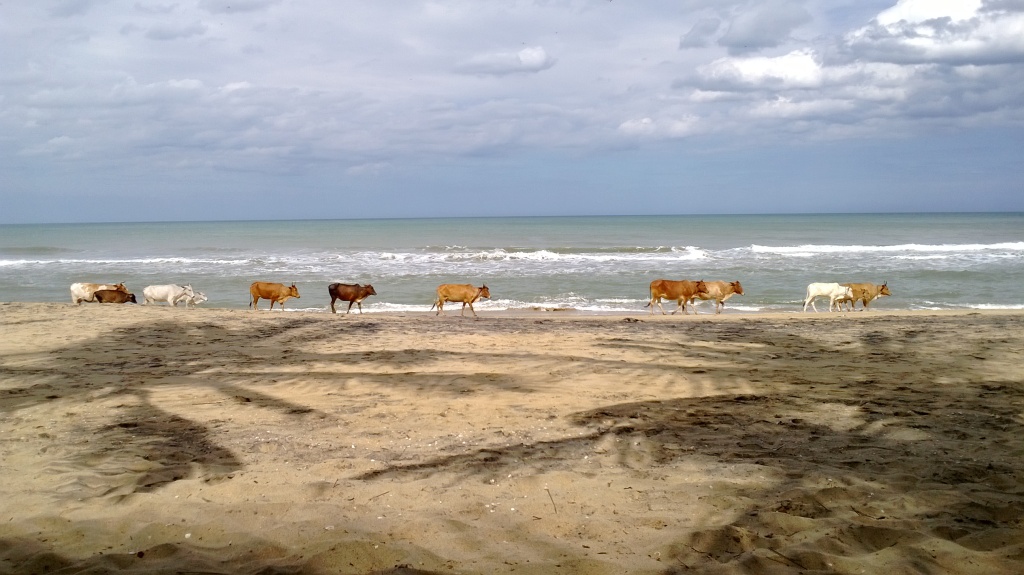
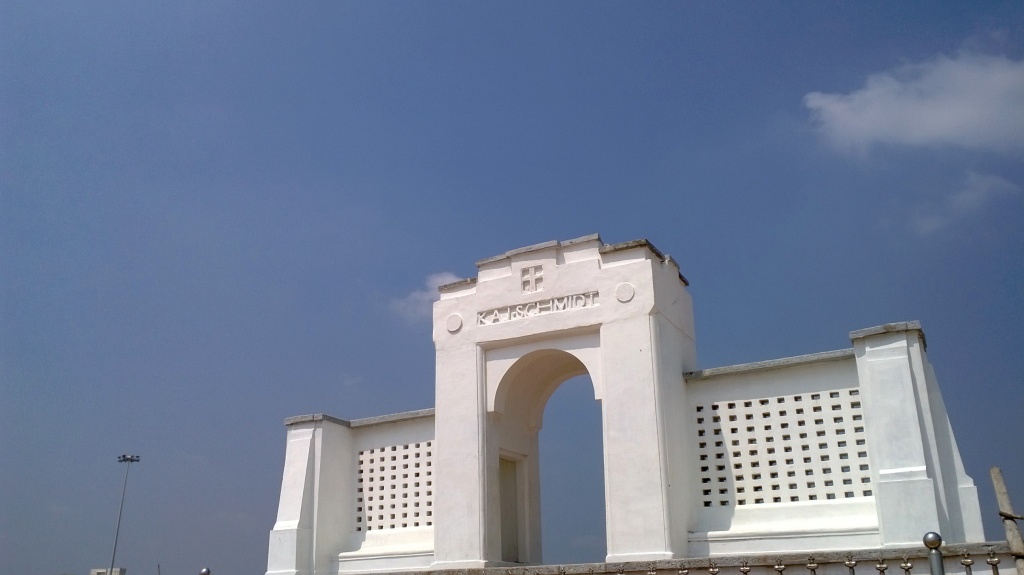
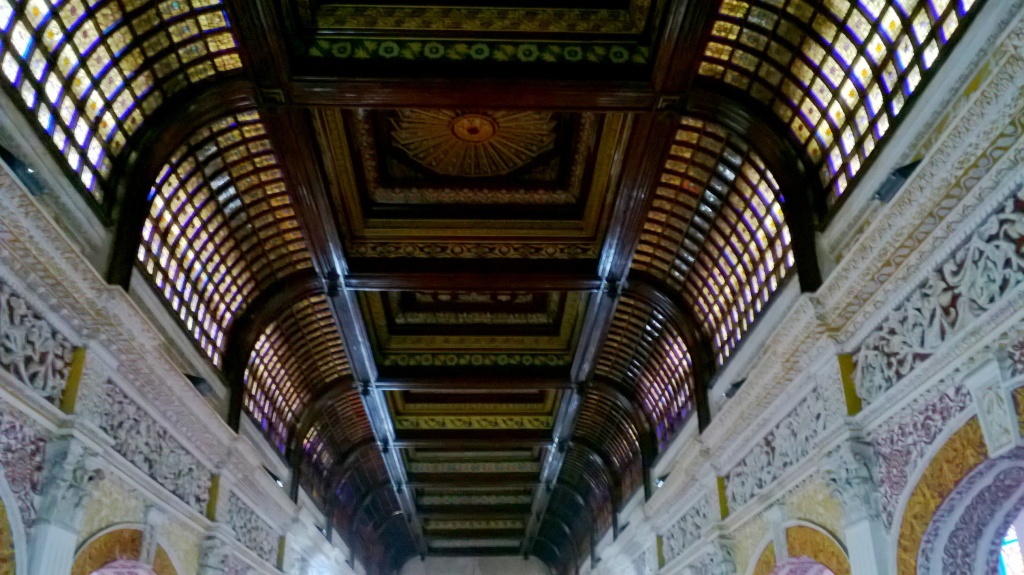

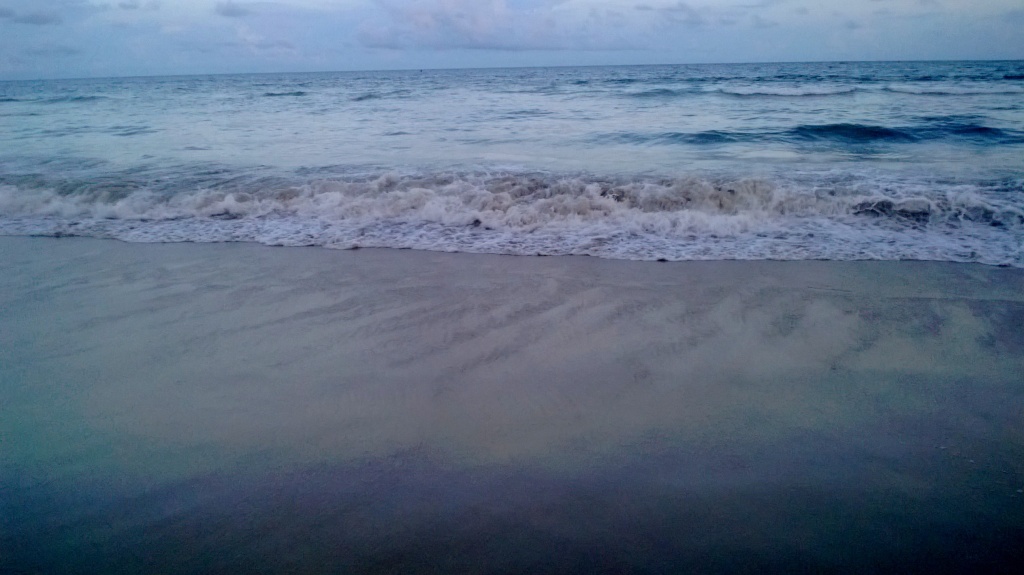

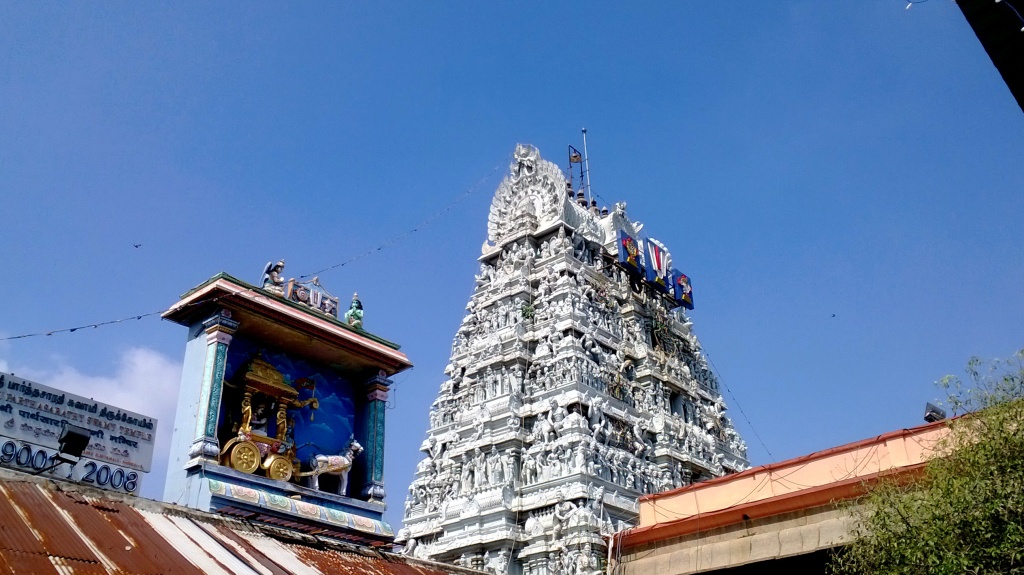
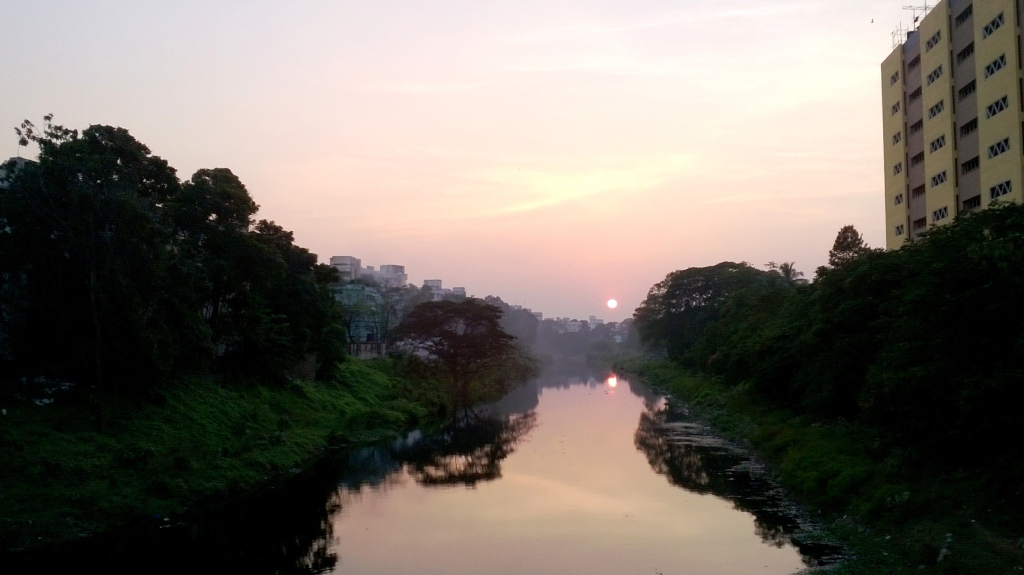
Cheers
God Bless
Temples are treasures that our forefathers have left behind. Many sciences, marvels, facts are spoken about these temples, some true and some not. But whatever, the serenity and comfortness that the temples offer is the same one experiences at home, and at times beyond!
One thing I love in temples are the temple tanks. Temple tanks are present in many big temples. These tanks are usually rectangular/square shaped artificial ponds. These ponds serve to harvest rainwater, add beauty to the temple, mesmerize the wanderer, and the list could keep extending.
I wanted to display three of my favourite temple tanks in Chennai and around, and here are they.



Cheers
God Bless
This post is part of the Chennai Bloggers Club’s CBC VIBGYOR BLOG TAG where some of us will write a post on the colours of VIBGYOR each day starting 1st of September to the 7th of September.
The colour theme for today’s post is Green

Green – my favourite colour. So much that I recognize any picture as ‘COMPLETE’ only if it has some shades of green. Settled cozily in the middle of the VIBGYOR spectrum, Green can easily be said as one of the most soothing colour, crowned as the colour of Mother Nature and the symbol of prosperity.
Cheers
God Bless
Colours of Food
Food – One of the most essential necessity required for the survival of life. Also one of the most colourful element.
Food and colour are deeply bonded, that certain varieties of food are identified by a particular colour, and some are even named after the colour they possess.
The more colourful the food is, the more delicious (not often though) the more healthy (some say so) and the more attractive (true!)
India is the land of exotic colours and delicious food. Thus it is fitting to post about the colours of food on the eve of Independence Day.




Cheers
God Bless
Colourful Threshold
Kolam, Hase, Rangoli or however you call it, provides a colourful welcome to the person who visits the home.
Sometimes, the Kolam lends an identity to the home, as it happens to my grandparents. My grandparents’ home is identified by the beautiful and intricate Kolam that is drawn every dawn, by my grandmom.
Several theories abound this form of art. Drawn with rice flour to feed the birds and insects, Drawn and redrawn everyday to indicate the hidden meaning of life, Drawn to welcome the Goddess of fortune et al.
And there have been scenarios where dogs, cats, rabbits, flower vases with a triangular base, unexplainable objects have all been inclusive in Kolam. Well, art is all about innovation and the beauty of it is dependent in the eyes of the perceiver 😉
Here are some of them, which have captured my eyes and have been captured by me.




Cheers
God Bless
This post is a part of the “A-Z Challenge April 2013″
Zebra

No better option than Zebra for Z..:P
This post is a part of the “A-Z Challenge April 2013″
Yellow

More than just a color..
Live the best of your life every day
Life with kids and tech. Everybody likes a good story.
Where united we read...😎
WE CONNECT THE WHOLE WORLD IN ONE CLICK
Be Original!
Realities Around Us